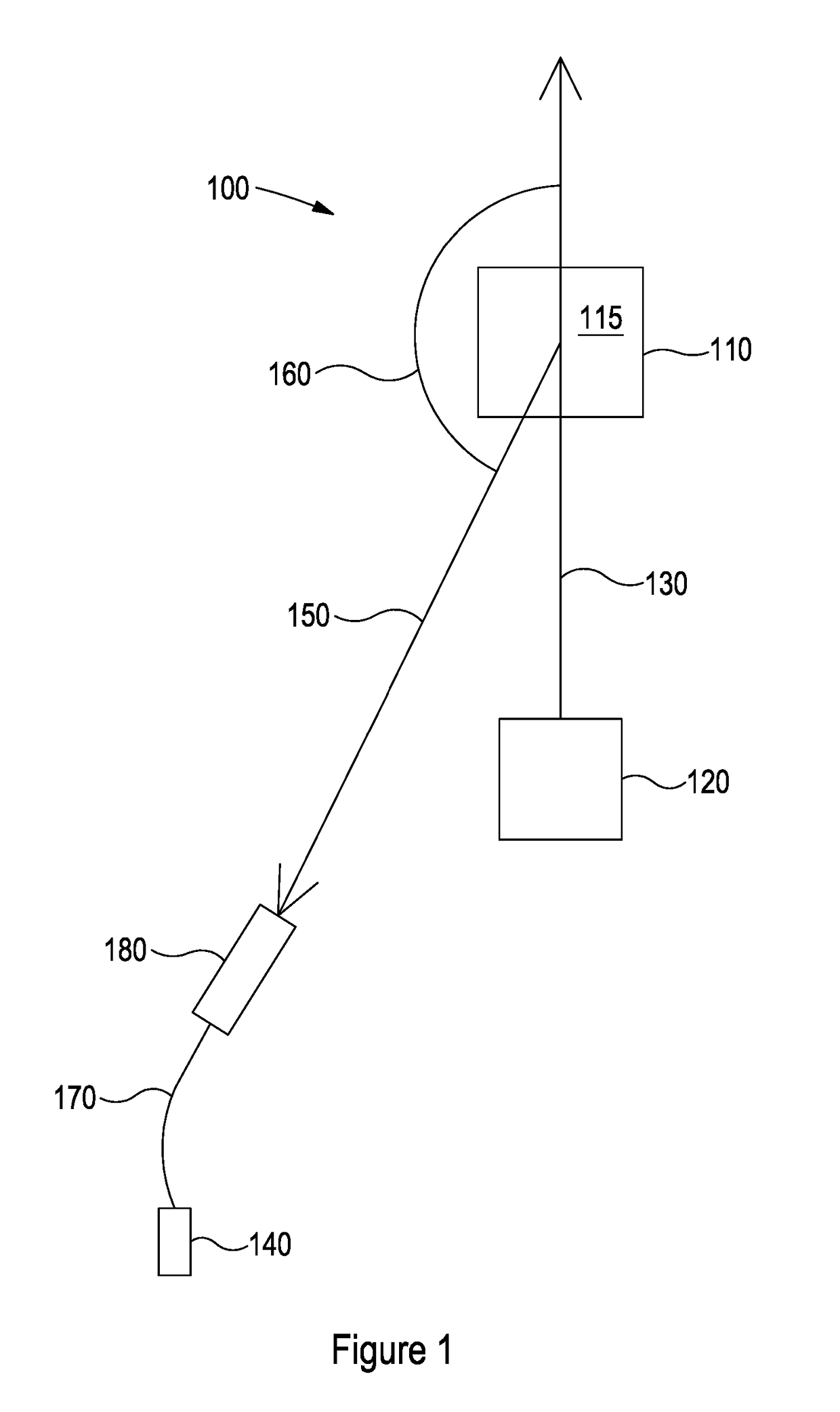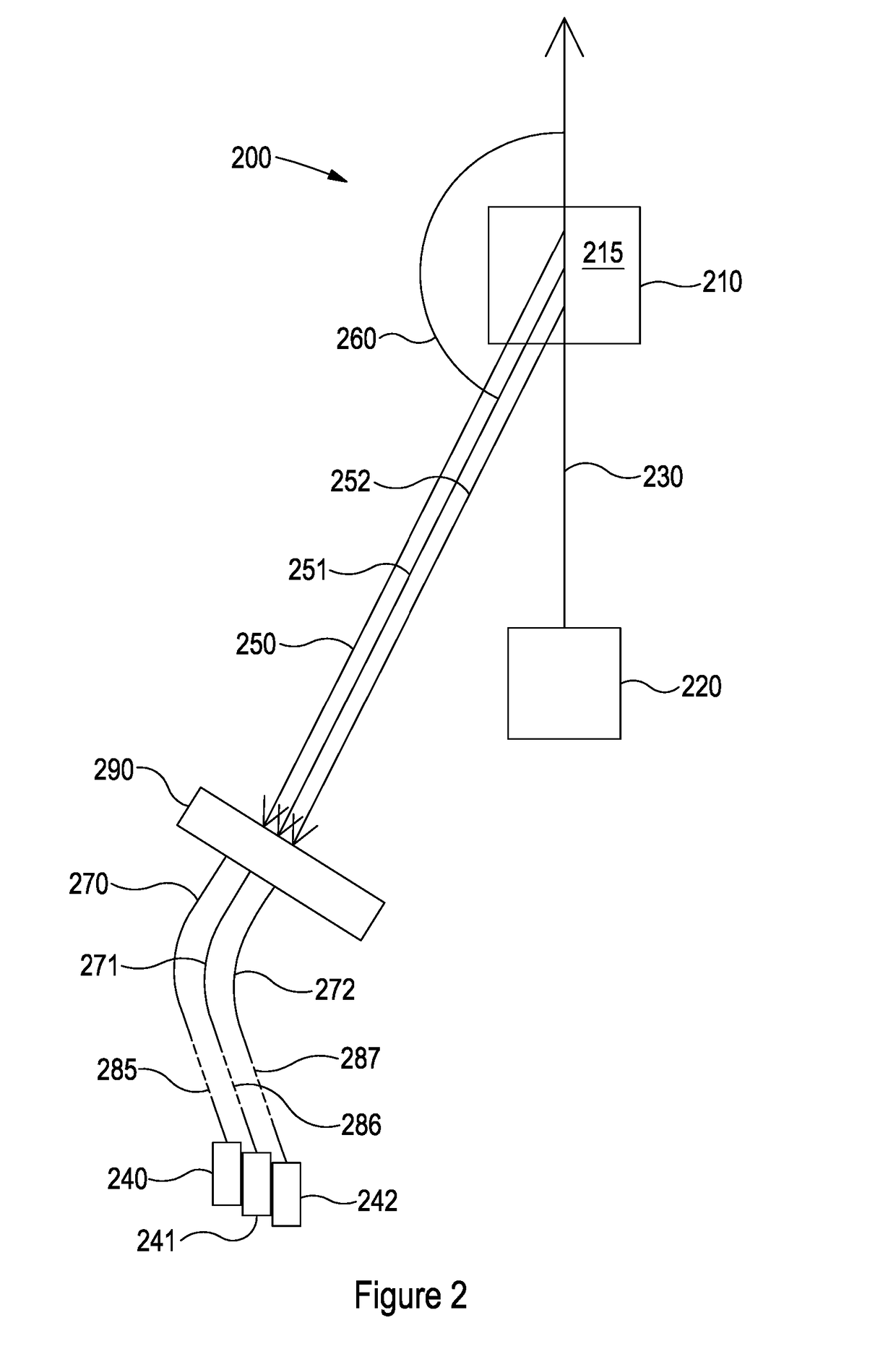Particle characterisation
a particle and apparatus technology, applied in the field of apparatus for particle characterisation, can solve the problems of large preparation time for potentially few measurements, poor sample quality of light scattering methods for particle characterisation, and dls, and achieve the effects of reducing the noise on the correlogram obtained from the signal, reducing the measurement time, and fast measurement times
- Summary
- Abstract
- Description
- Claims
- Application Information
AI Technical Summary
Benefits of technology
Problems solved by technology
Method used
Image
Examples
Embodiment Construction
[0062]In the following description, similar reference signs are generally used to refer to corresponding or similar features in different embodiments, where the first digit is incremented to correspond to the figure in question (e.g. 110 and 210 correspond to a sample cell in FIGS. 1 and 2 respectively). In this disclosure, the term “back scattered light” refers to scattered light having a component of propagation direction that is opposite to the direction of propagation of the illumination beam, the term “forward scattered light” refers to scattered light having a component of propagation direction in the same direction as the propagation direction of the illumination beam, and “side scattered light” refers to light scattered in a direction perpendicular to the propagation direction of the illumination beam.
[0063]Referring to FIG. 1, a prior art light scattering particle characterisation apparatus 100 is shown, in which a light source 120 illuminates a sample 115 within a sample c...
PUM
| Property | Measurement | Unit |
|---|---|---|
| diameter | aaaaa | aaaaa |
| acute angle scattering | aaaaa | aaaaa |
| angle | aaaaa | aaaaa |
Abstract
Description
Claims
Application Information
 Login to View More
Login to View More - R&D
- Intellectual Property
- Life Sciences
- Materials
- Tech Scout
- Unparalleled Data Quality
- Higher Quality Content
- 60% Fewer Hallucinations
Browse by: Latest US Patents, China's latest patents, Technical Efficacy Thesaurus, Application Domain, Technology Topic, Popular Technical Reports.
© 2025 PatSnap. All rights reserved.Legal|Privacy policy|Modern Slavery Act Transparency Statement|Sitemap|About US| Contact US: help@patsnap.com



